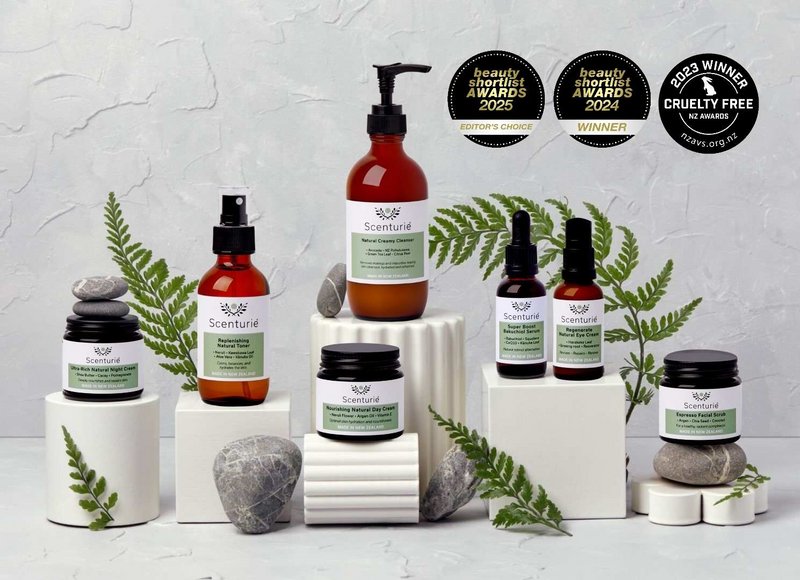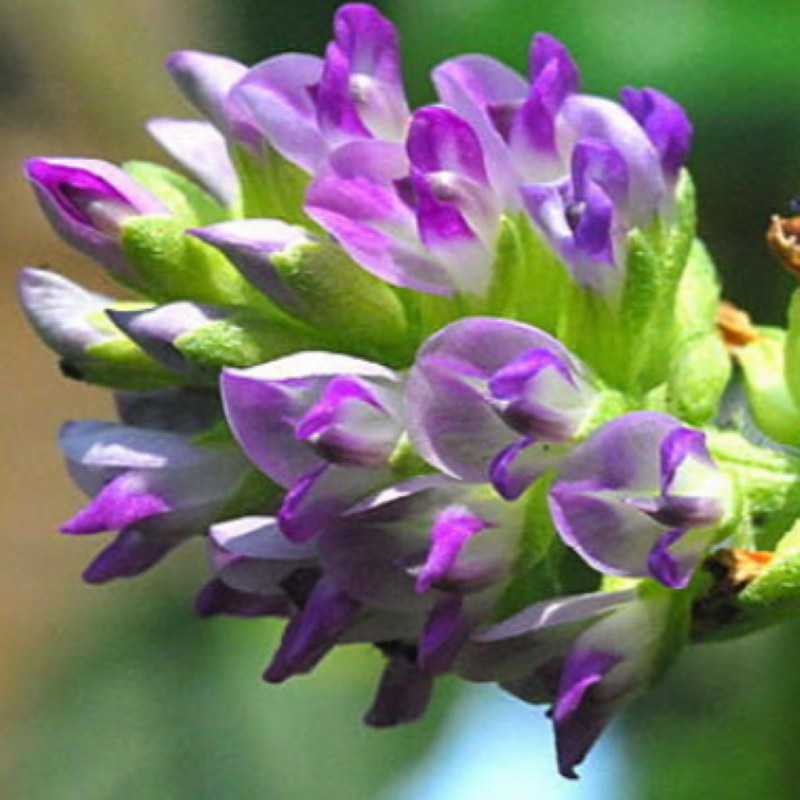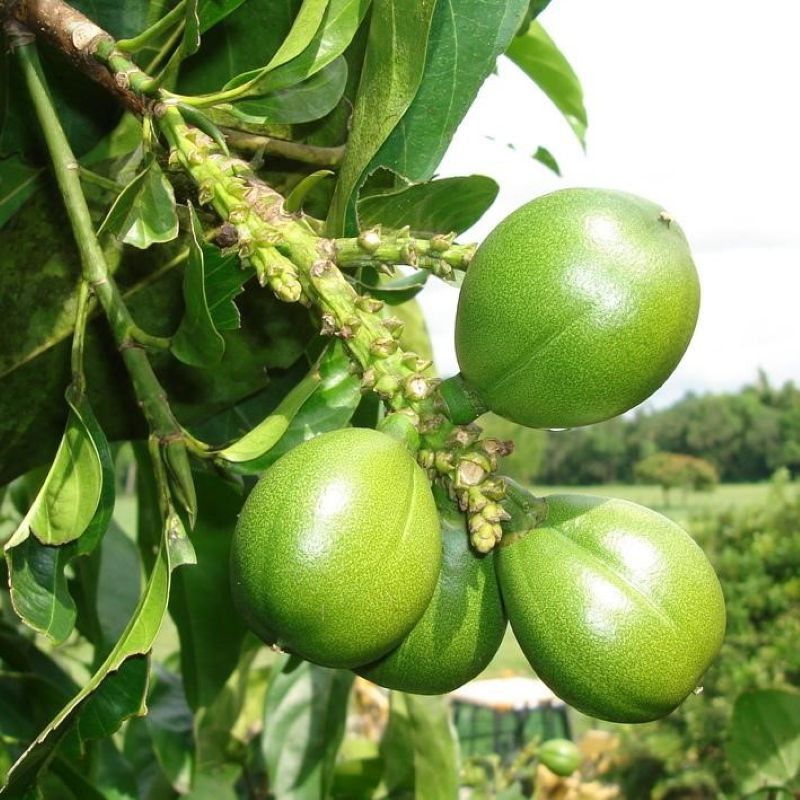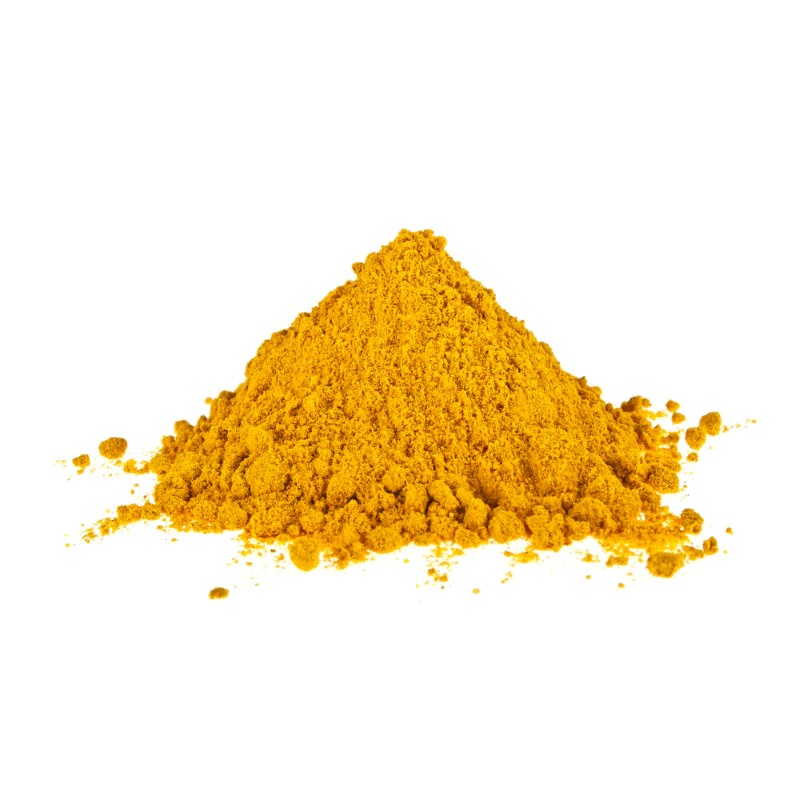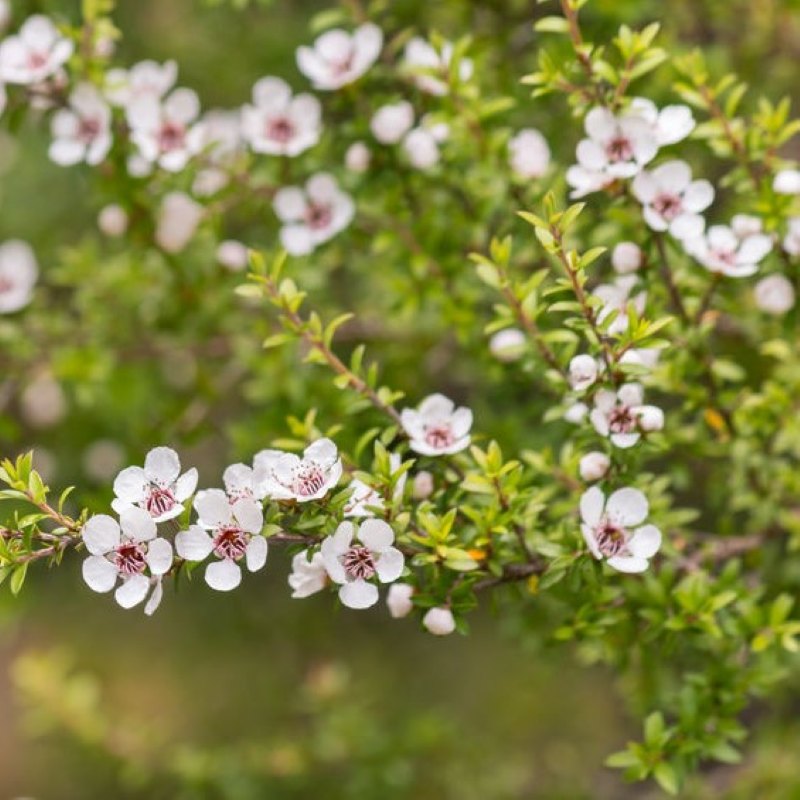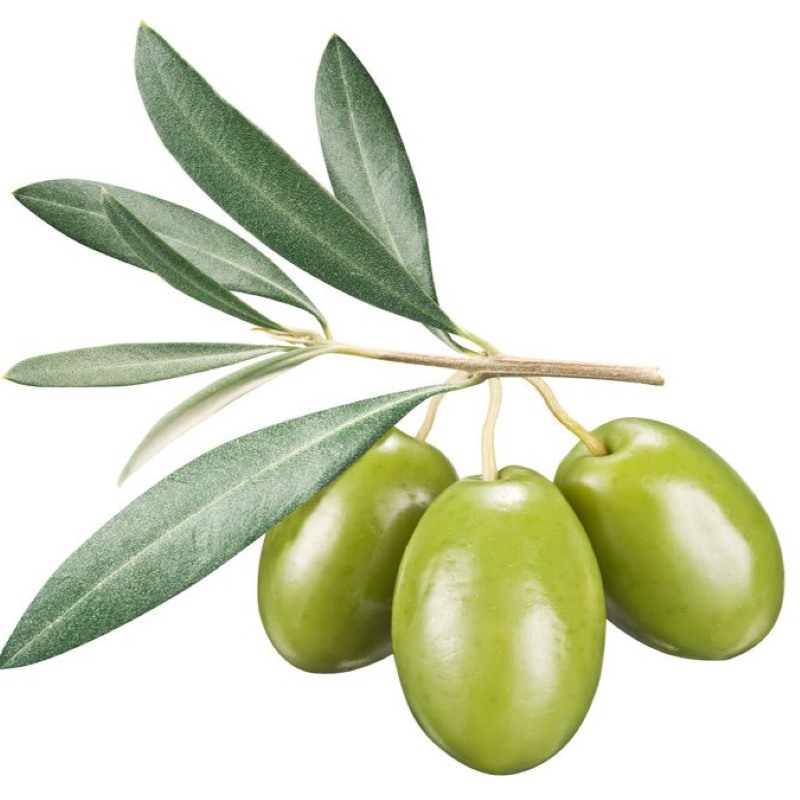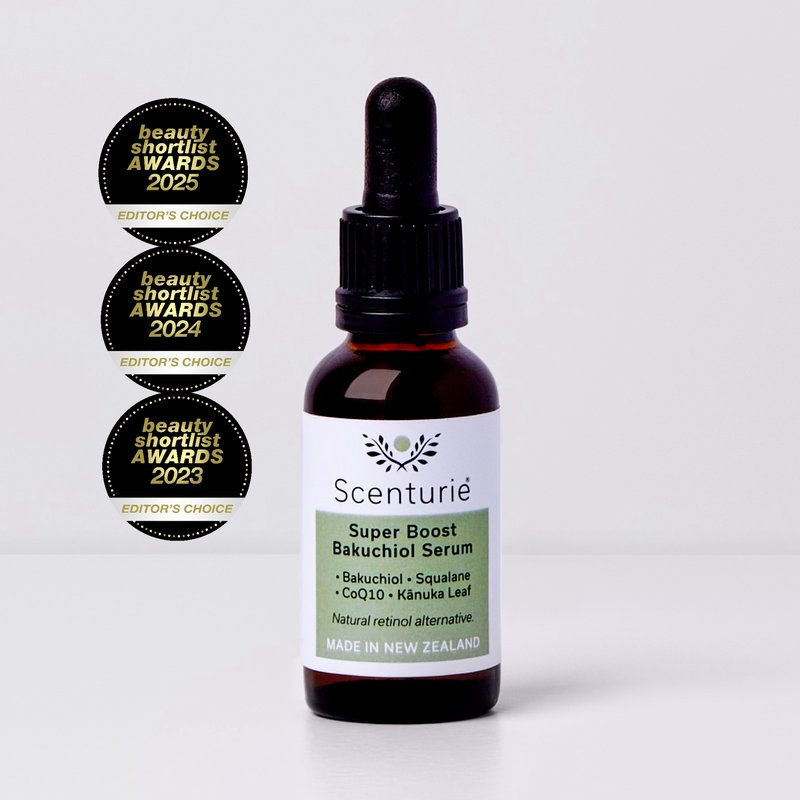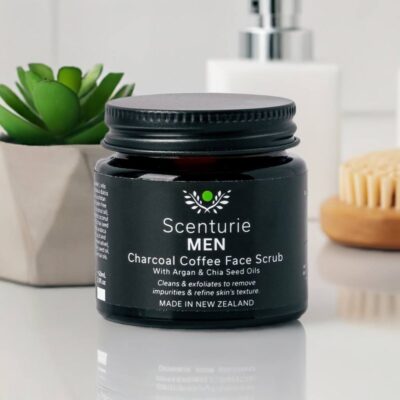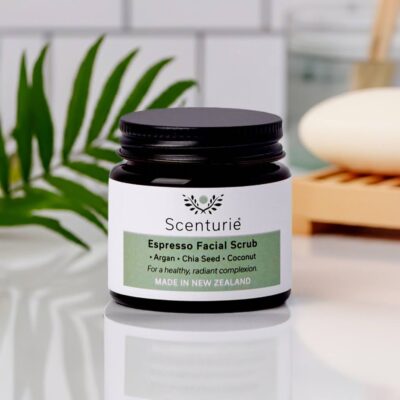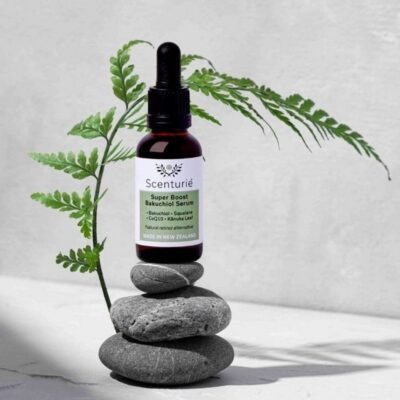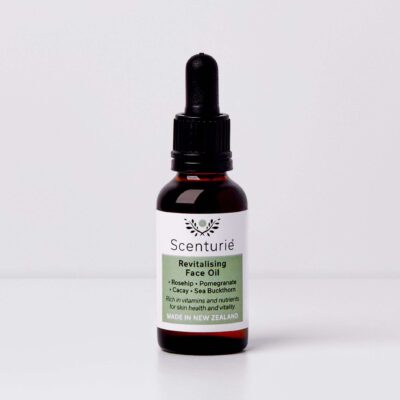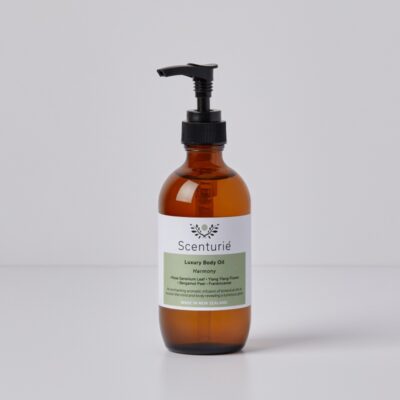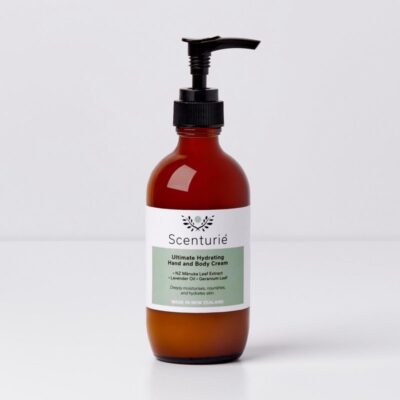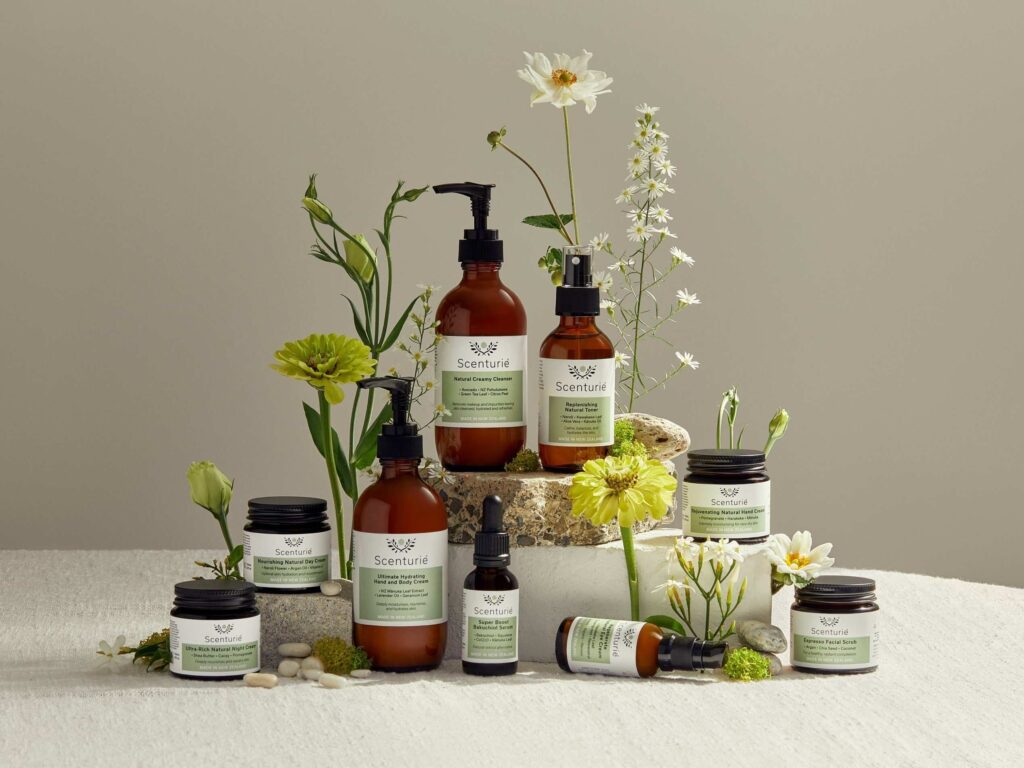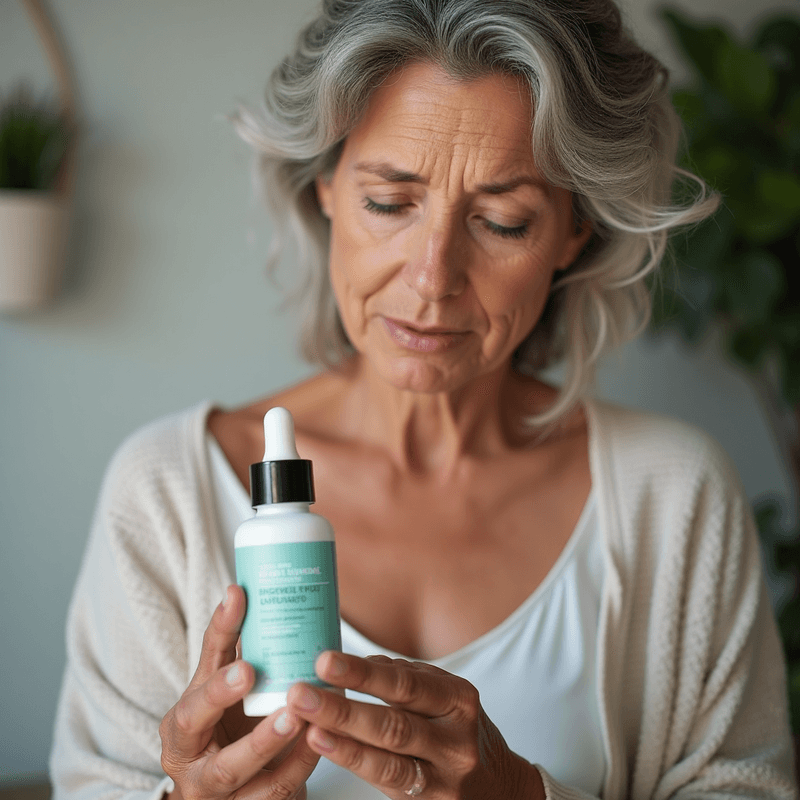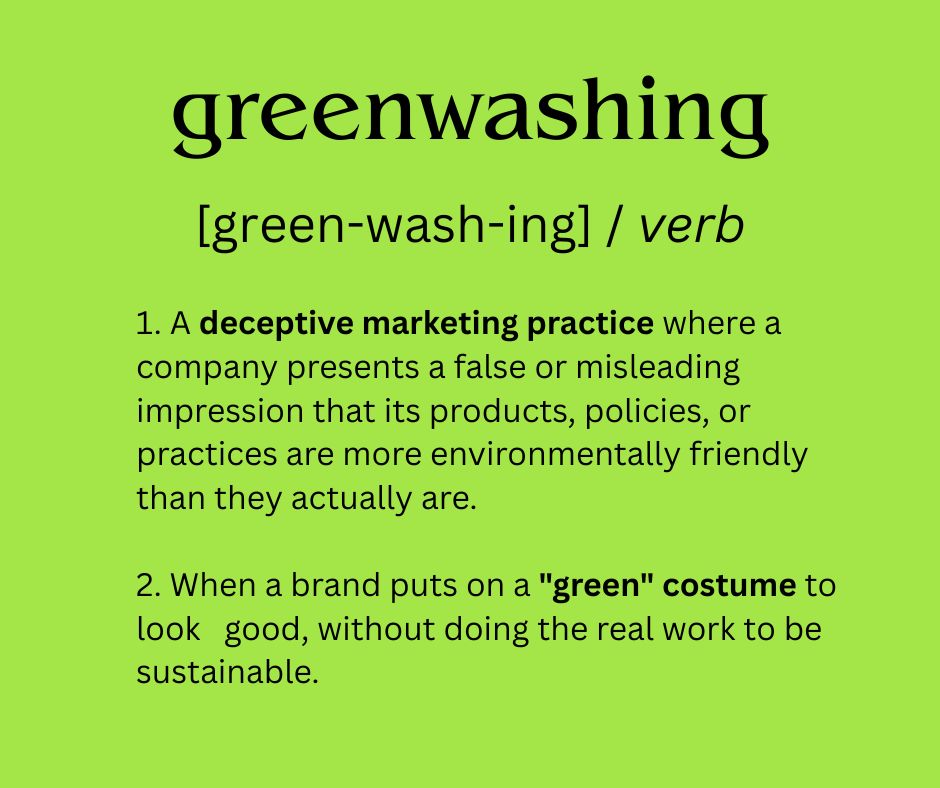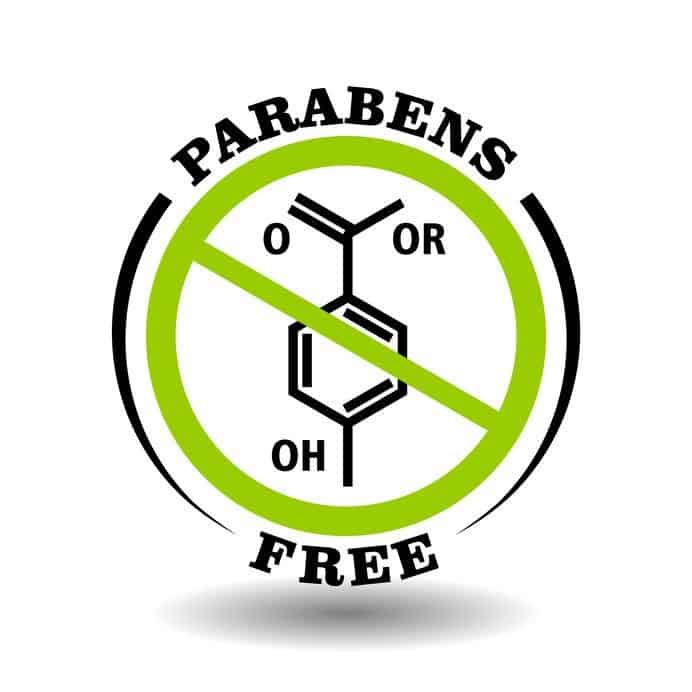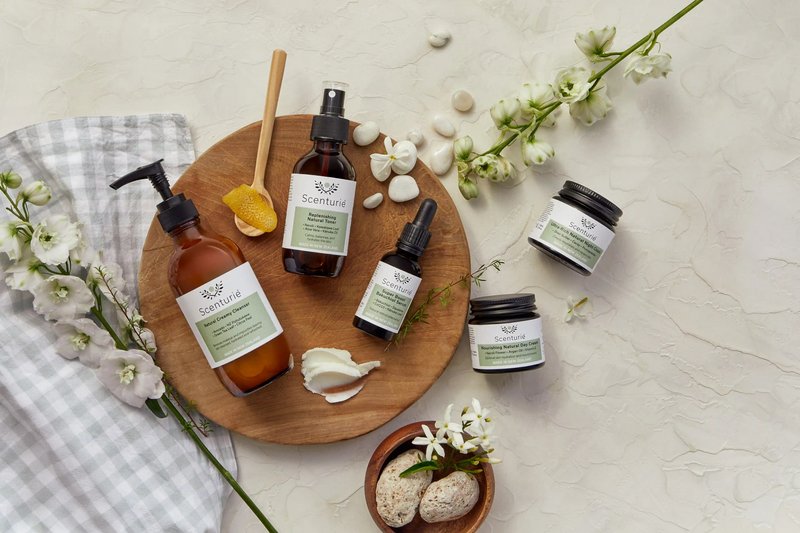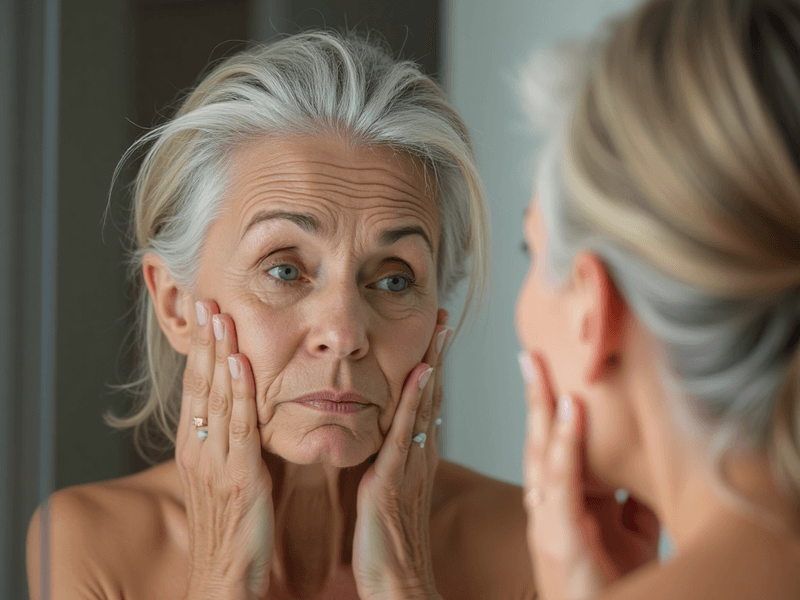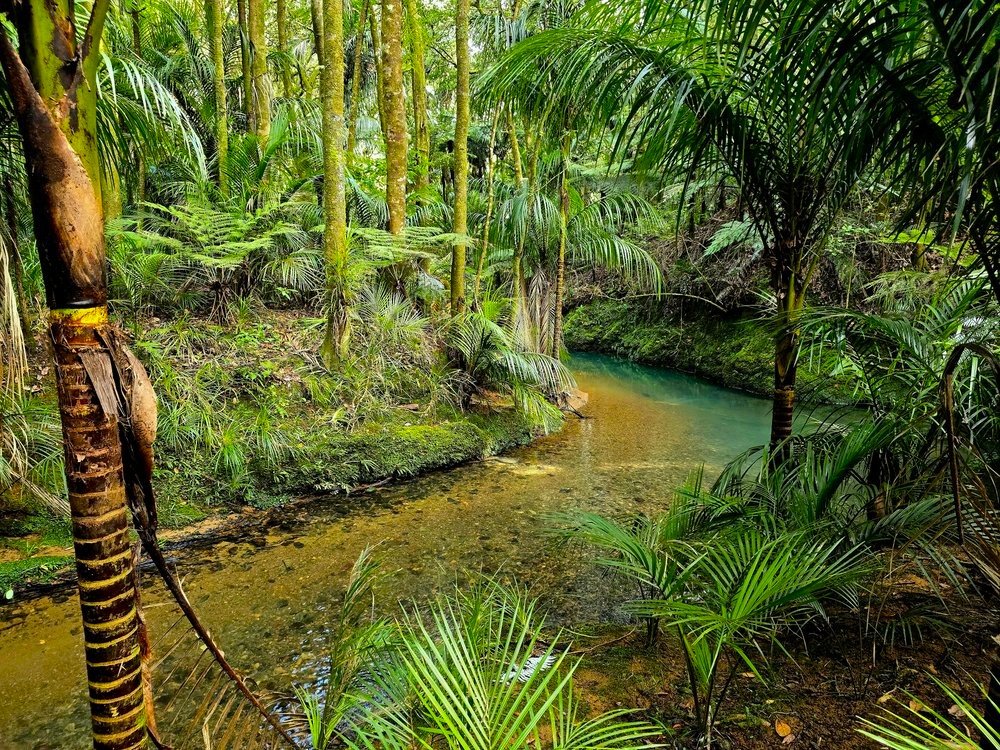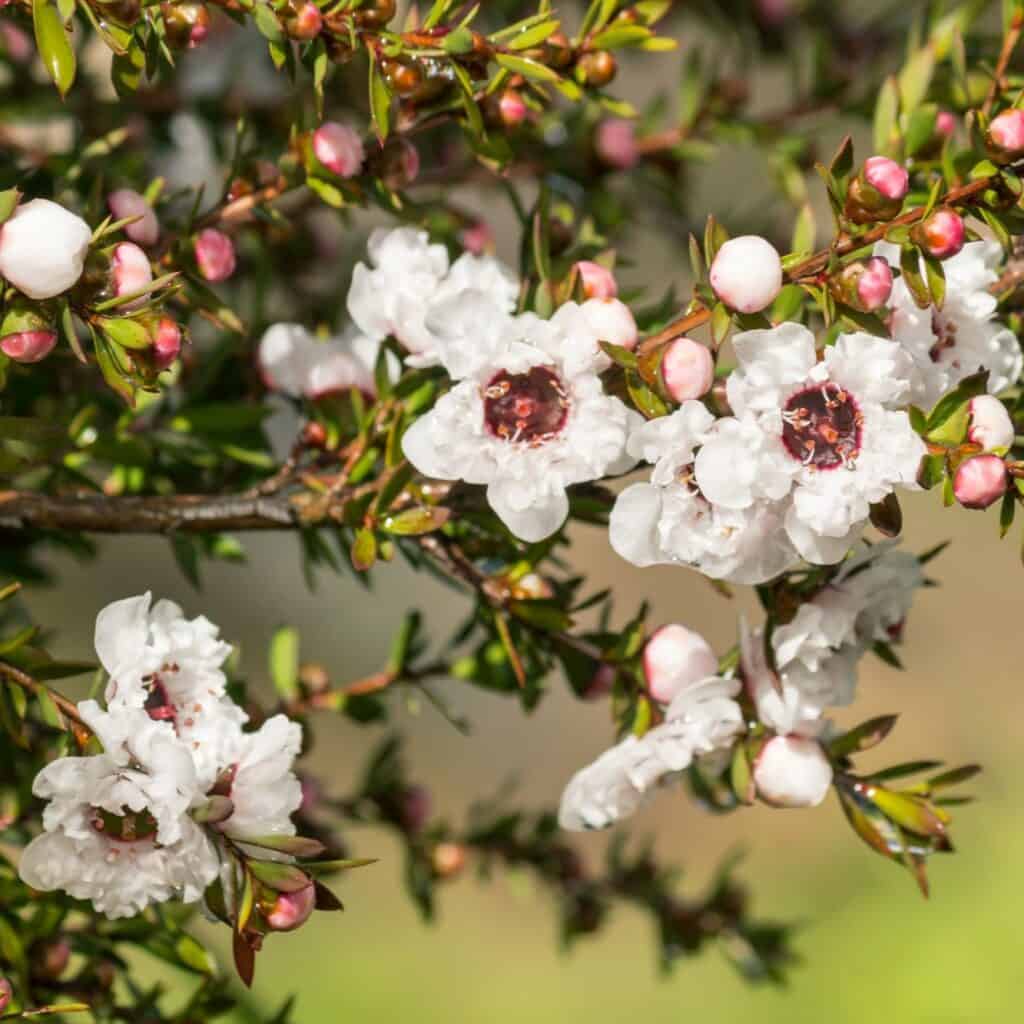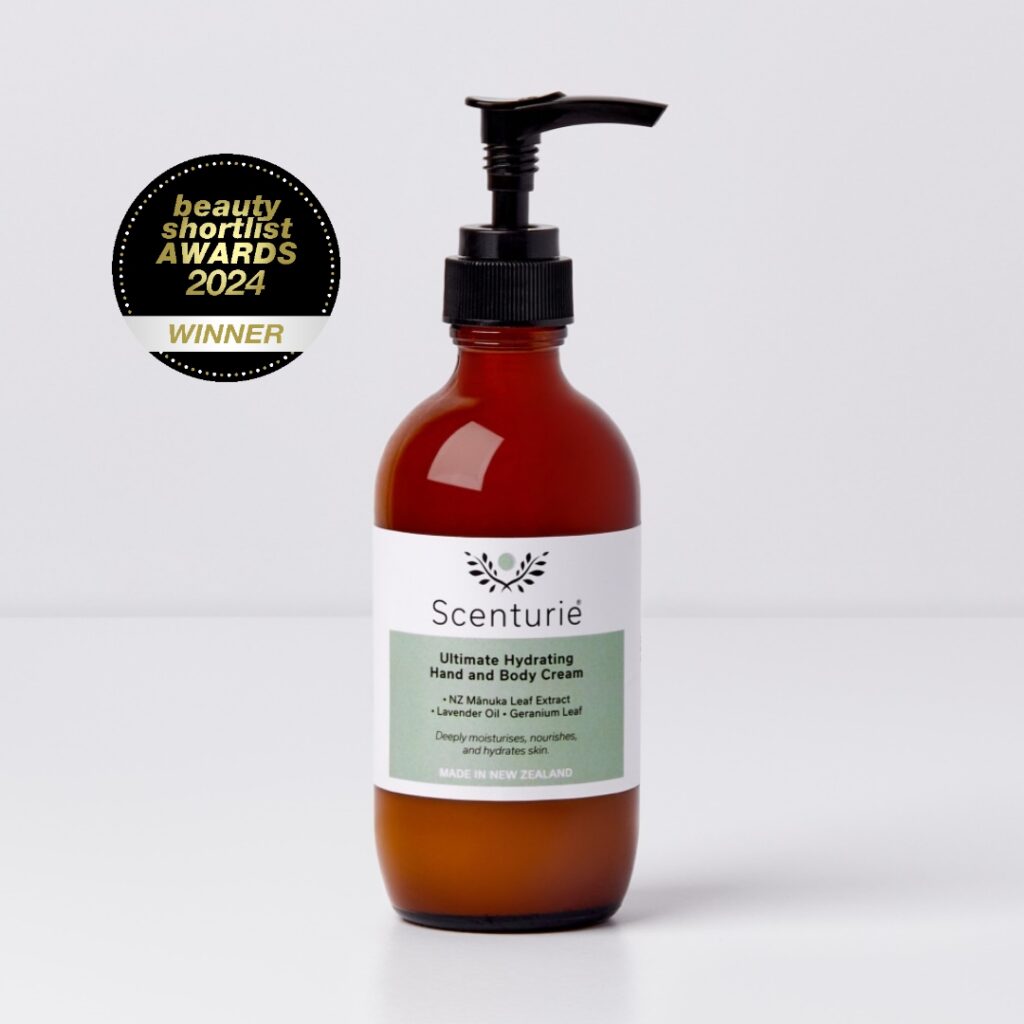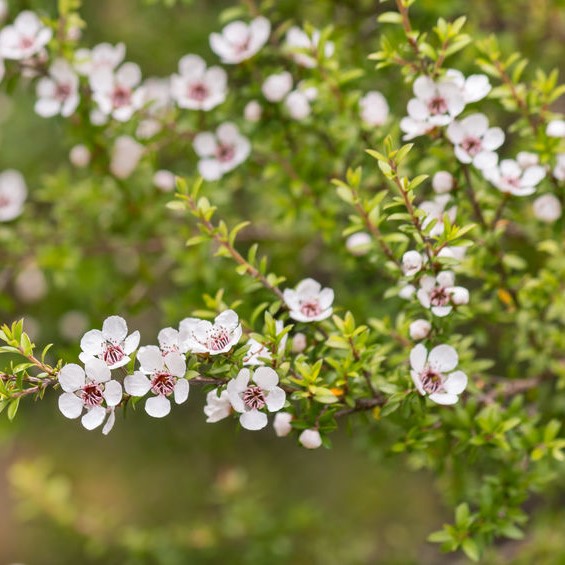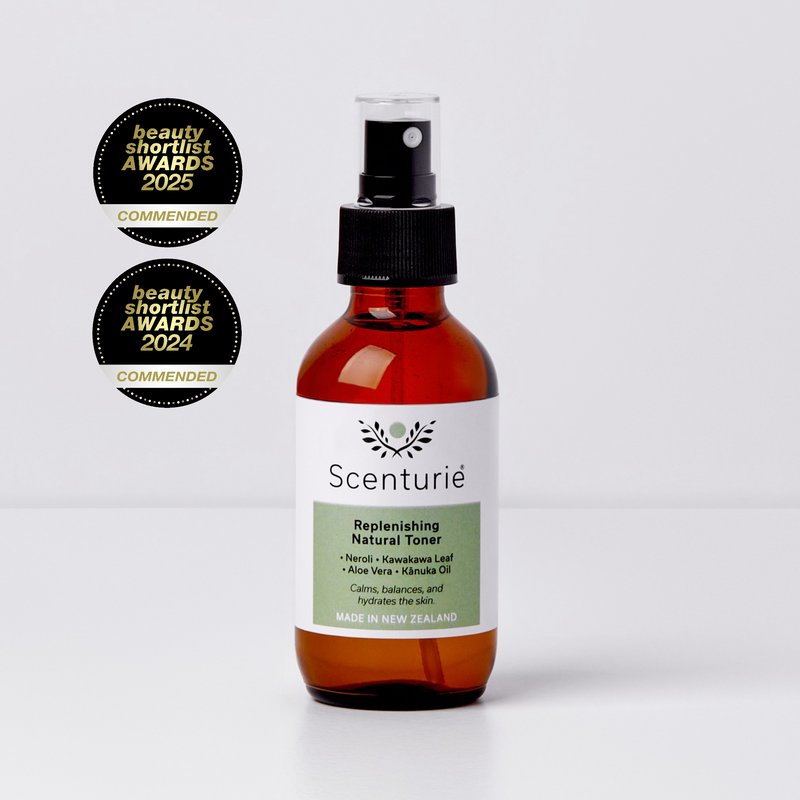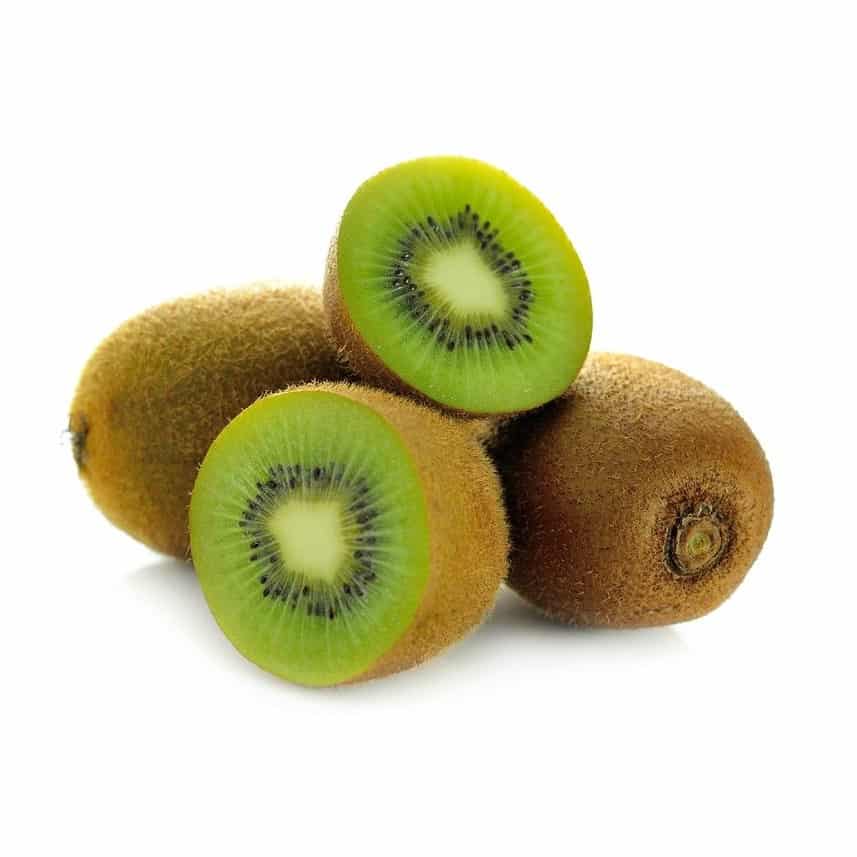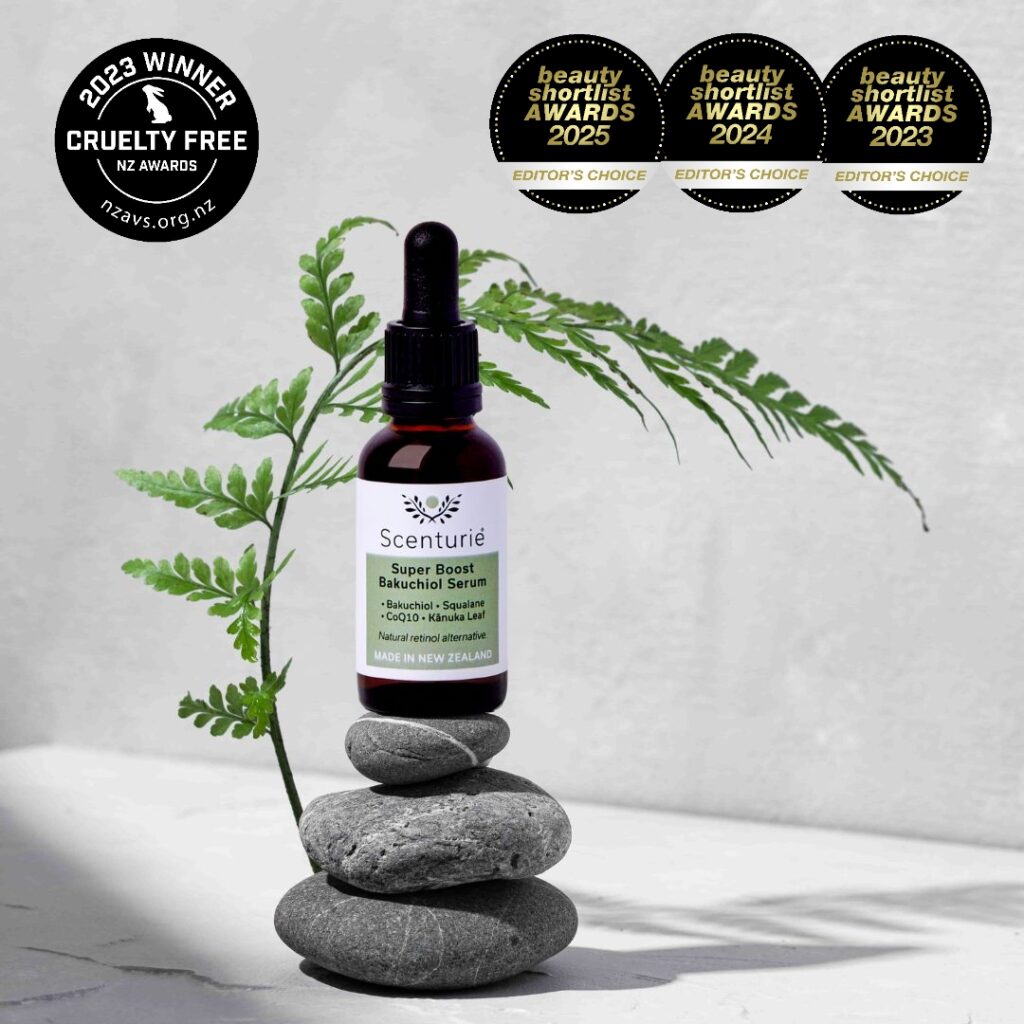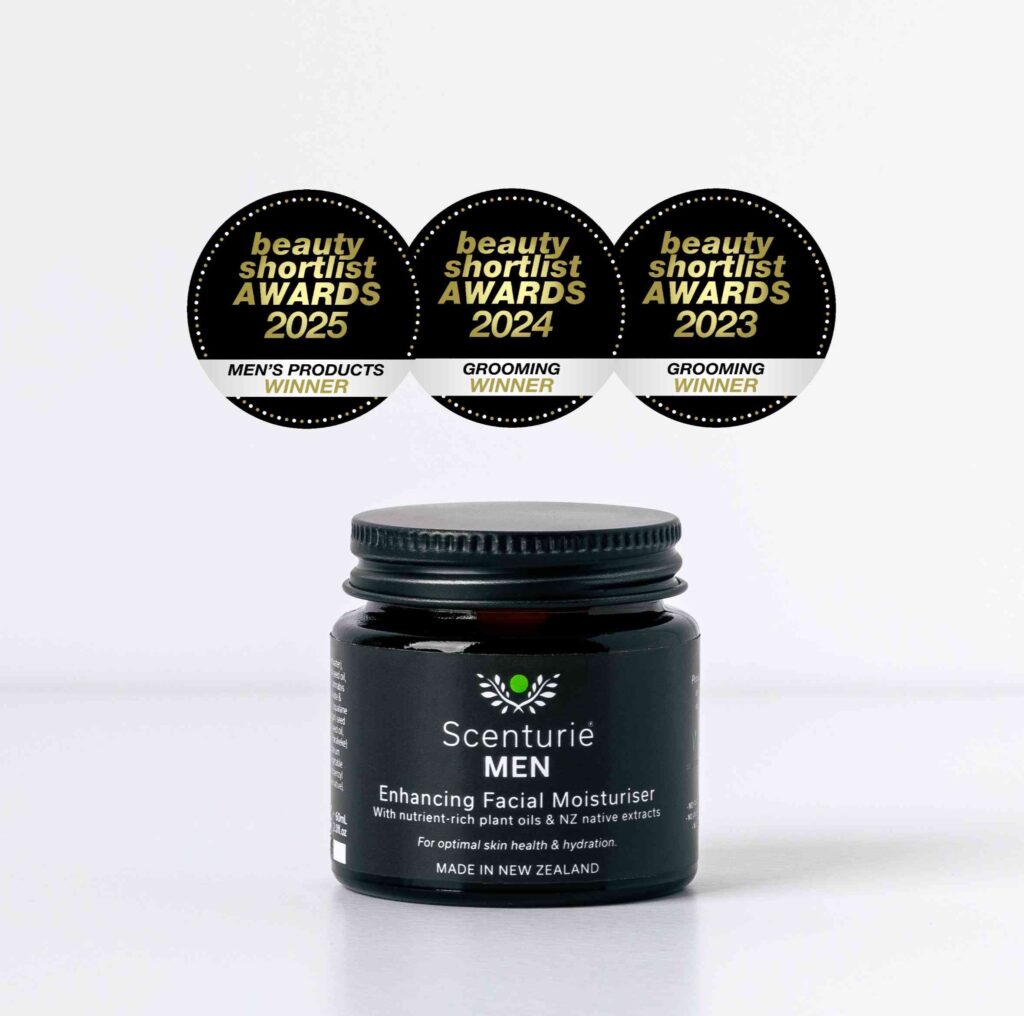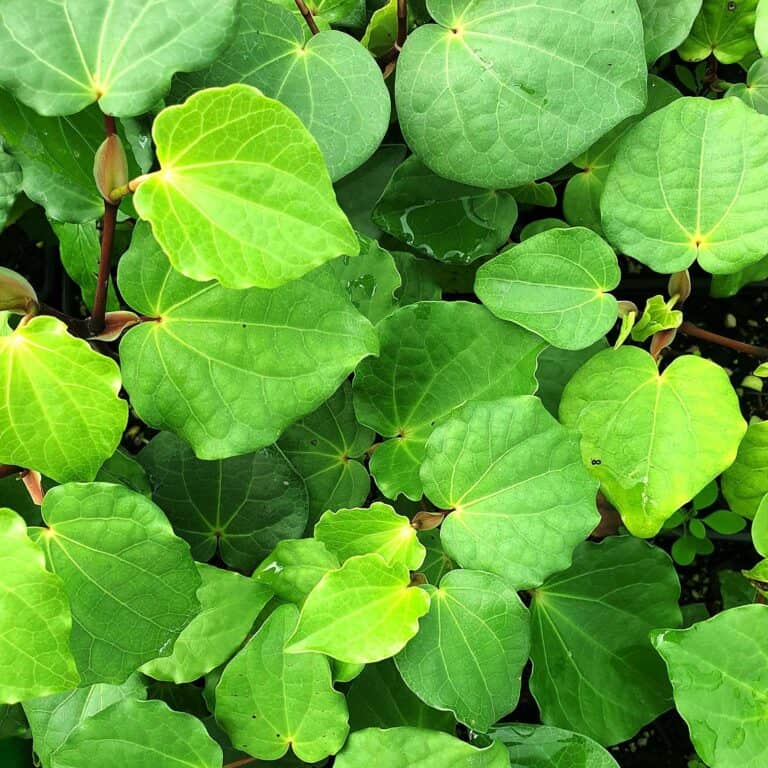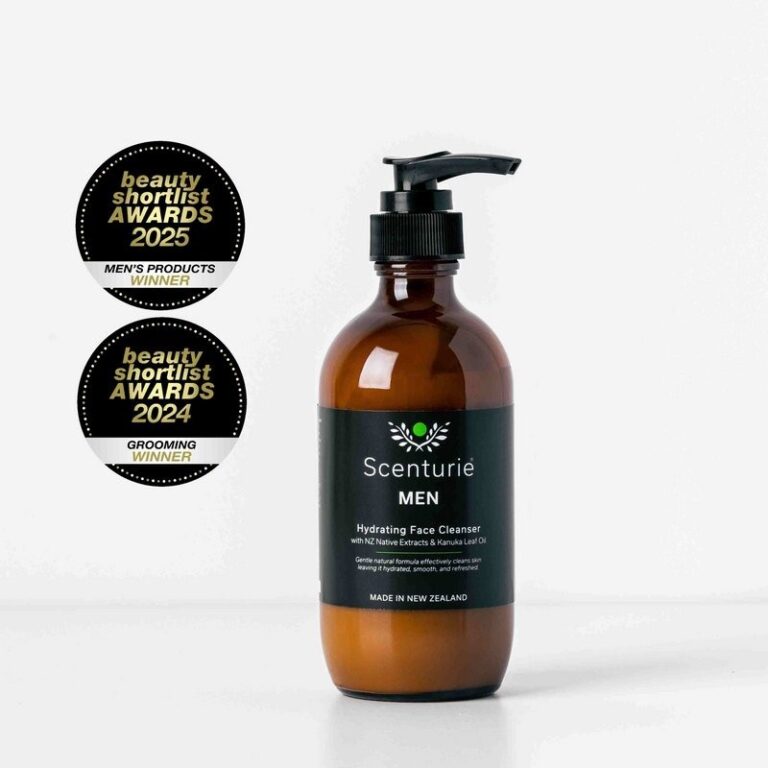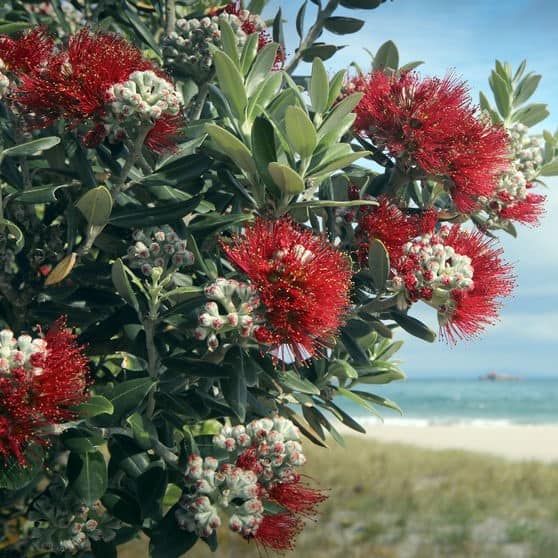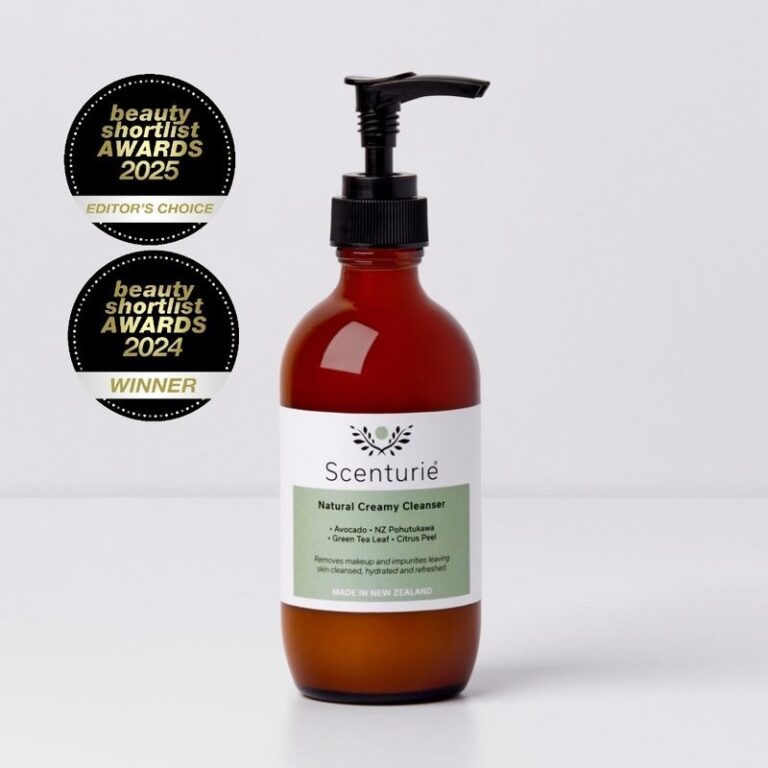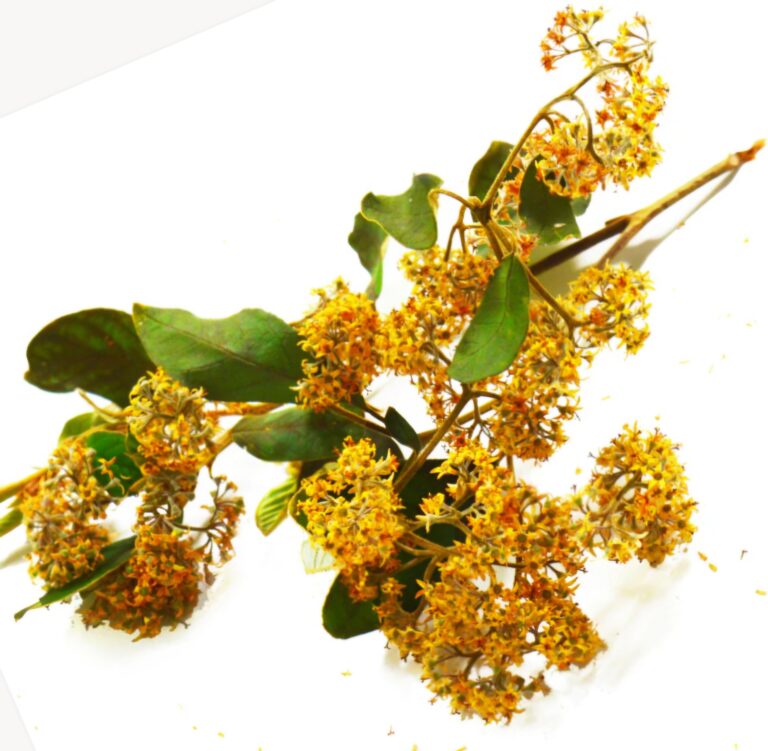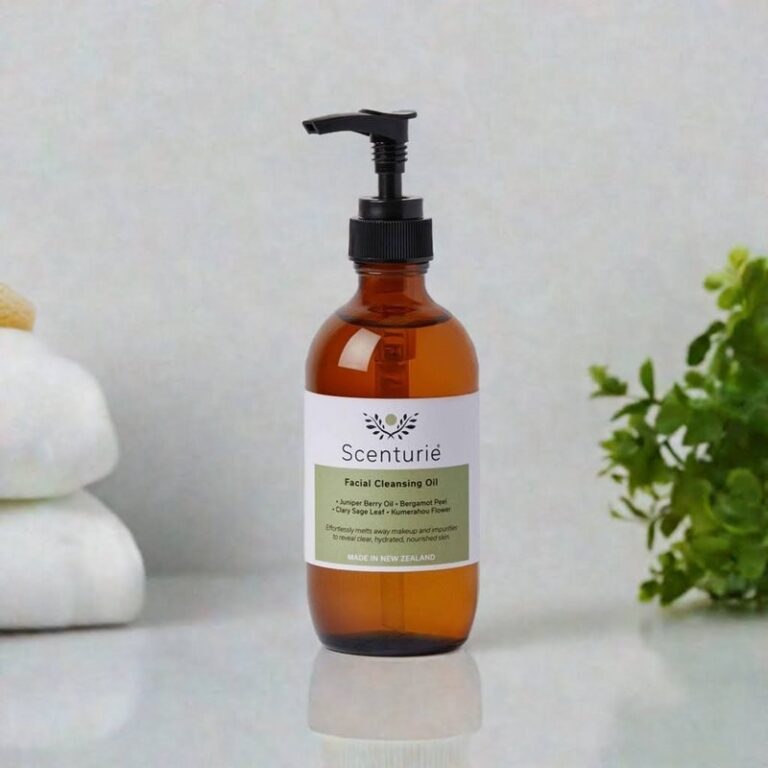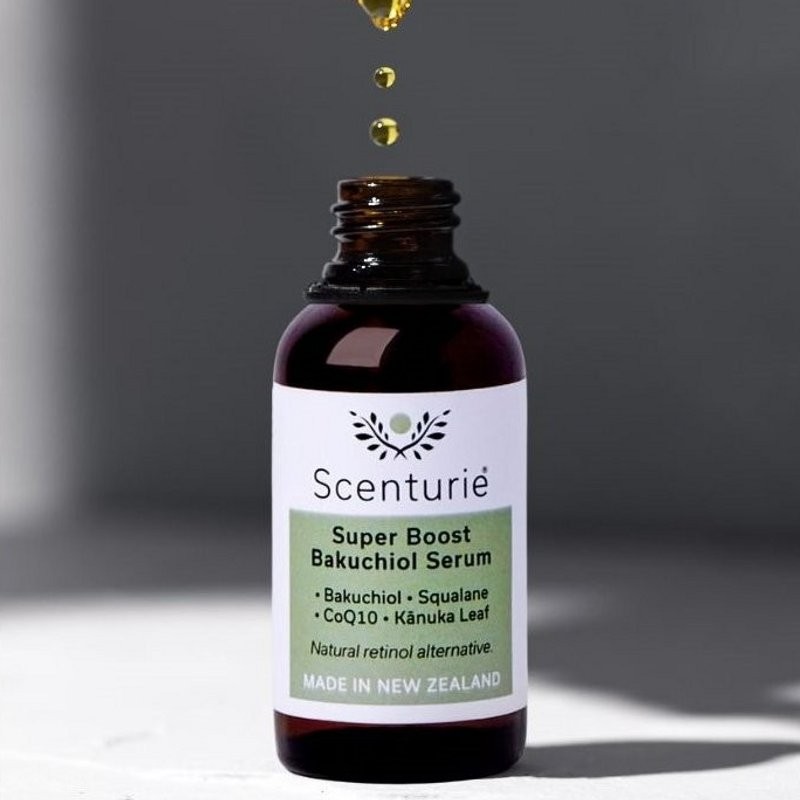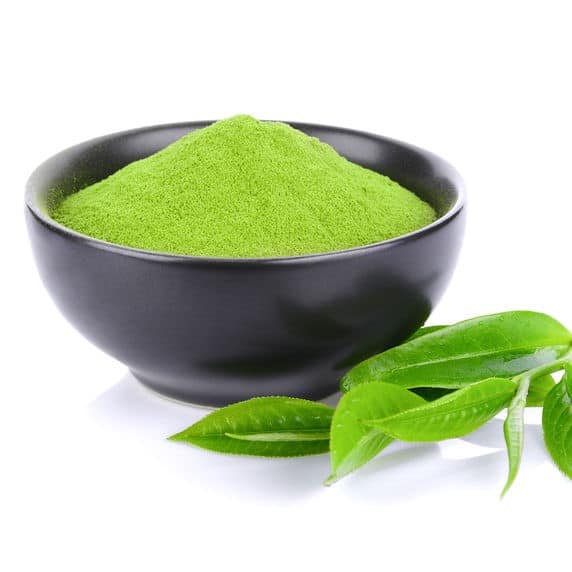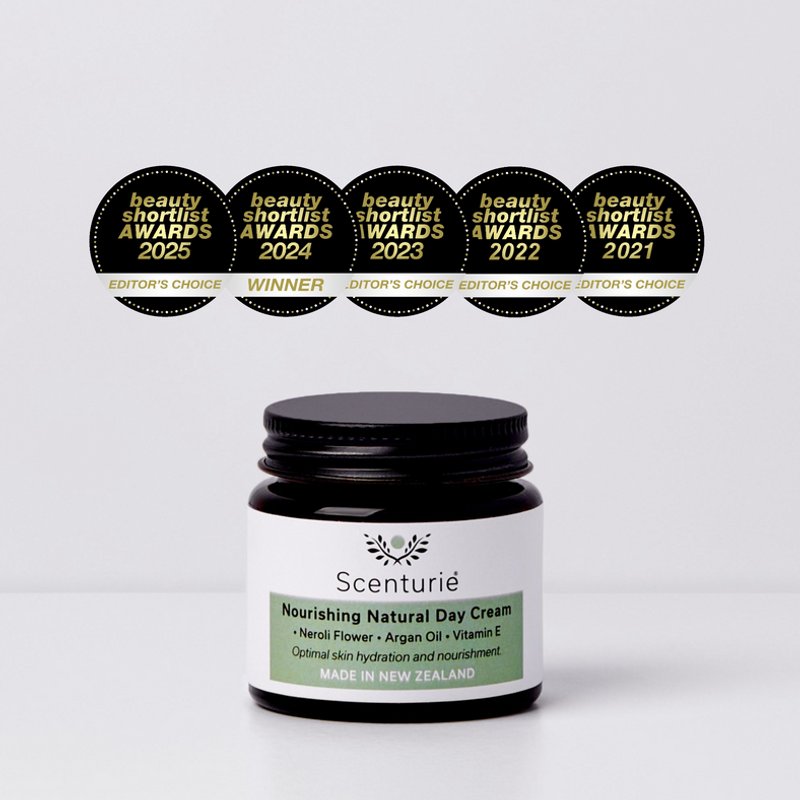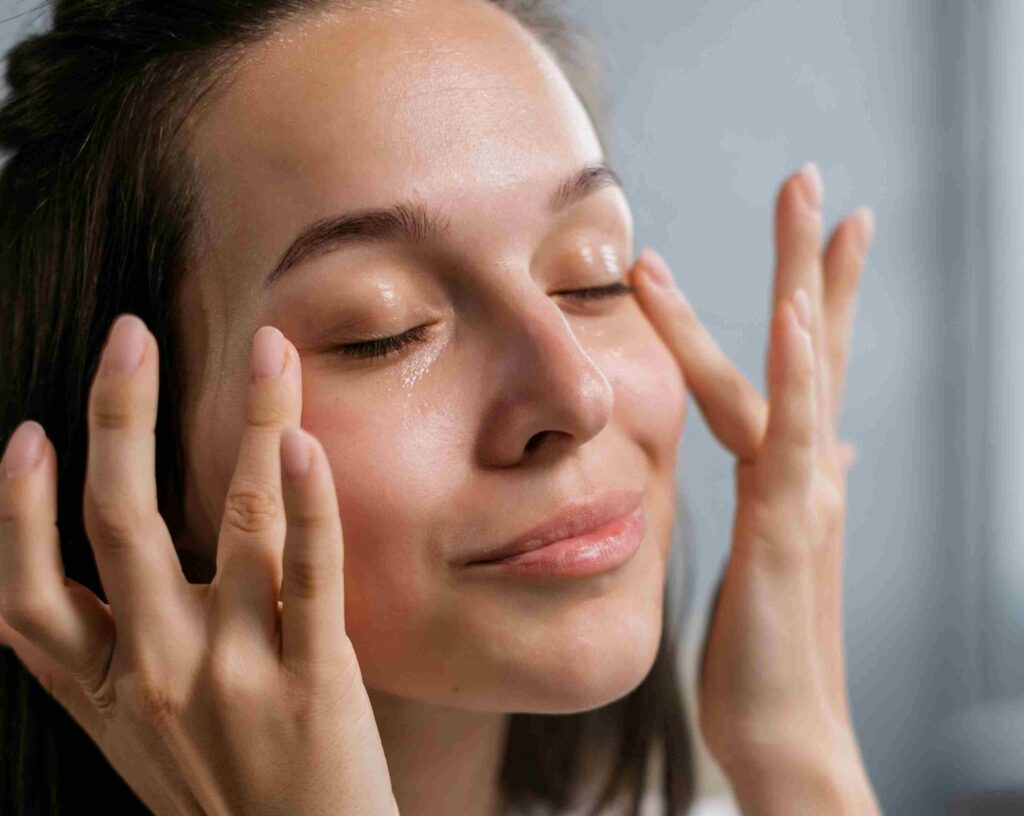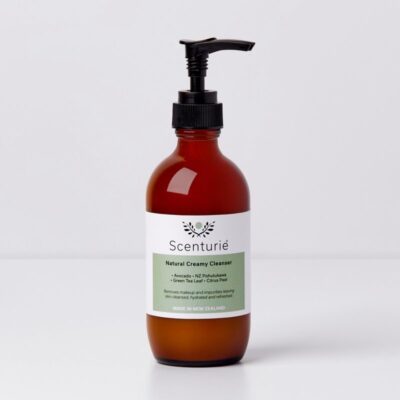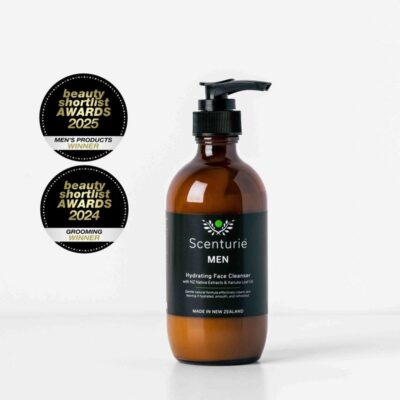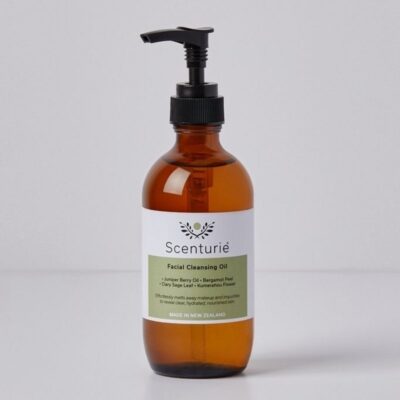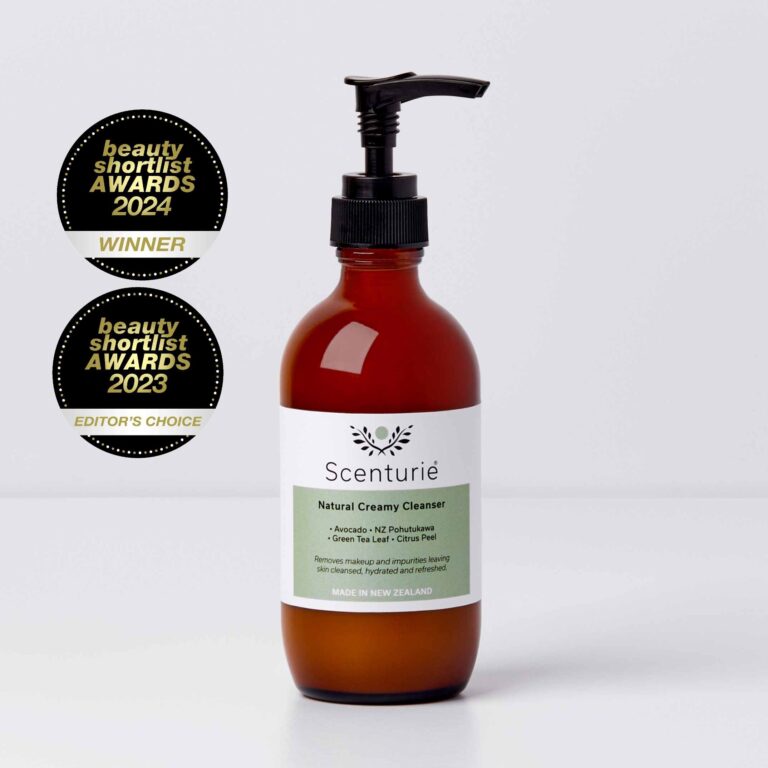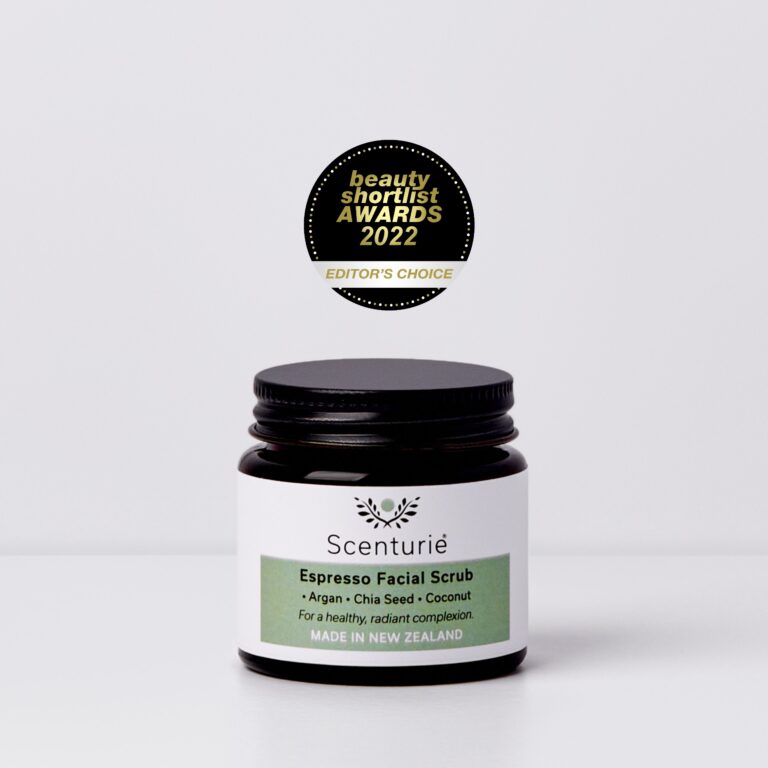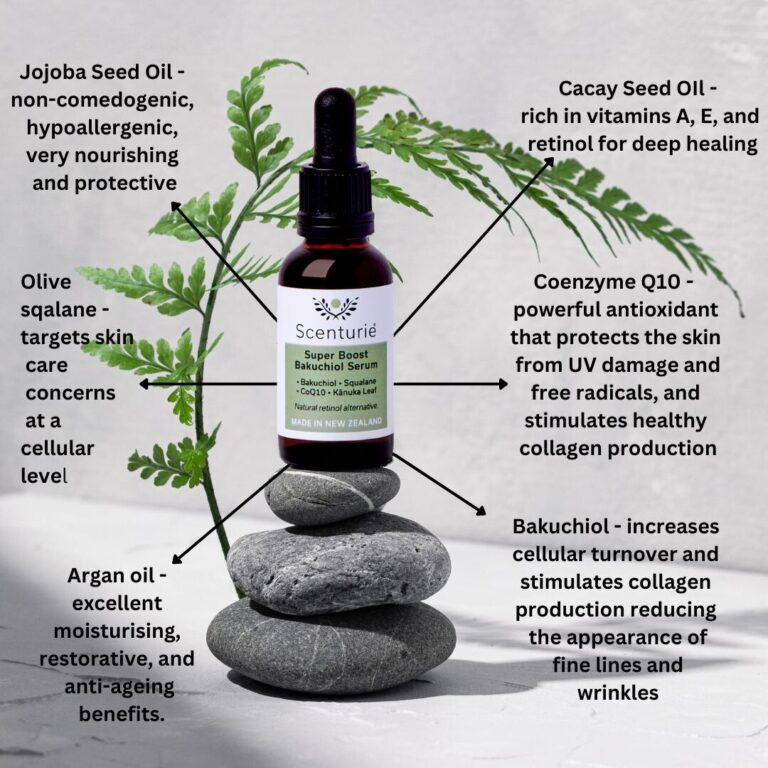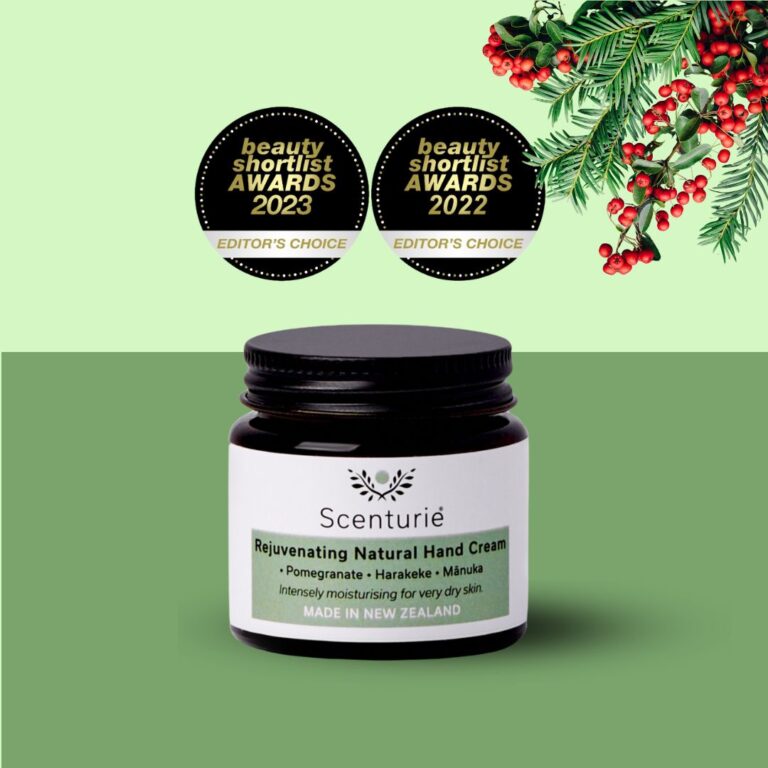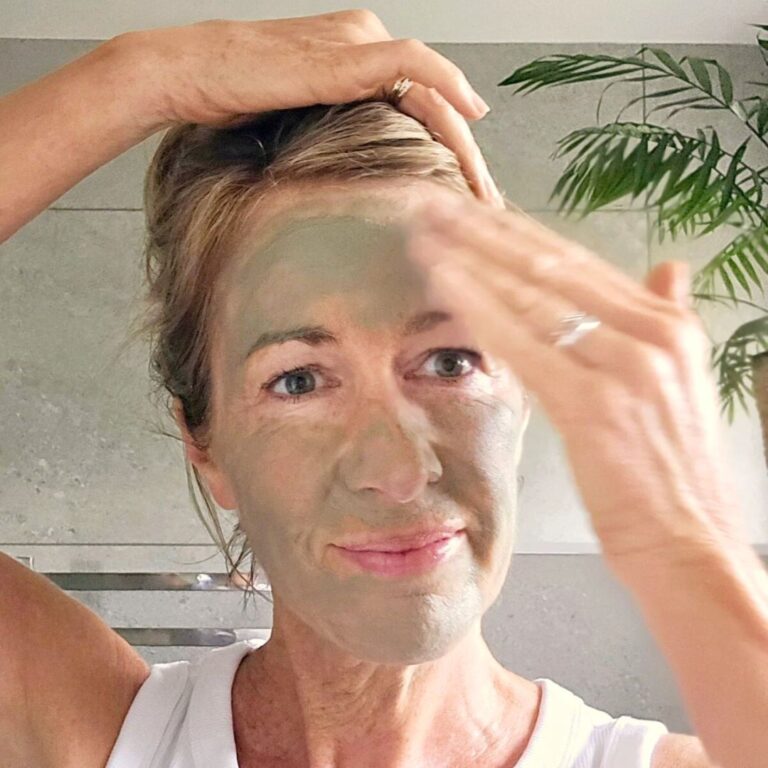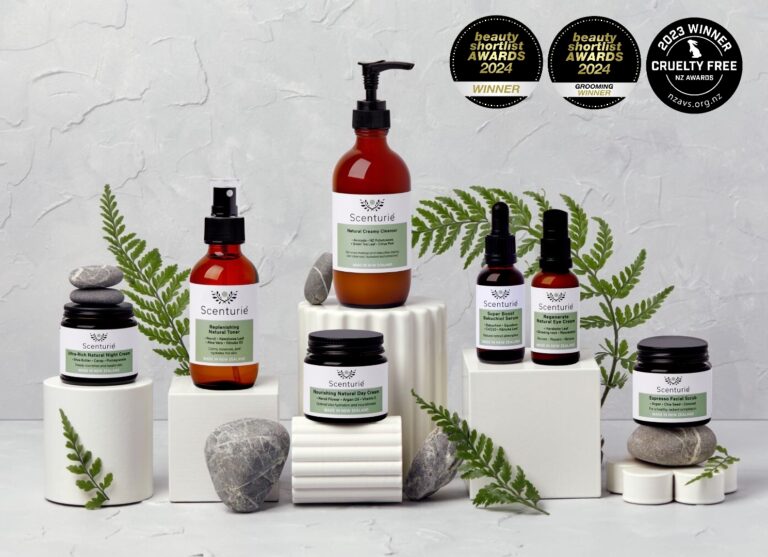5 Reasons Scenturie is Rated the ‘Best Natural Skincare’ in NZ
New Zealand is home to some of the world’s most pristine ingredients, so it’s no surprise that Kiwis are searching for skincare that matches that purity. But with so many brands claiming to be “natural,” how do you separate marketing hype from genuine results?
At Scenturie, we don’t just claim to be the best natural skincare in NZ—we let the experts, the awards, and our customers prove it.
If you are looking for a routine that is kind to the planet but tough on ageing and dryness, here are the five reasons why Scenturie is the top choice for New Zealanders.
1. Consistently Voted #1 by Global & Local Experts
Anyone can print “best” on a label. We prefer to earn it.
🏆 VERVE MAGAZINE: ‘BEST IN BEAUTY’ 2025
Best NZ Beauty Brand 2025: Scenturie Natural Skincare.
We are very proud to be featured in Verve Magazine’s prestigious 2025 ‘Best in Beauty’ guide! It is a true honour to be included and showcased in their ‘Best NZ Beauty Brand’ category. To have the opportunity to share our story and our passion for high-quality, natural skincare in such a beautiful publication is a milestone we are thrilled to celebrate with you.
🏆 2025 INTERNATIONAL BEAUTY SHORTLIST AWARDS
To have our skincare celebrated internationally for another year is truly an honour. The Beauty Shortlist Awards are judged by international industry experts and are completely independent and sponsor-free. We are thrilled to bring home the following wins for 2025:
CATEGORY WINNERS (THE GOLD STANDARD)
- Best Men’s Cleanser: Scenturie Men’s Hydrating Face Cleanser
Recognised for its dual ability to effectively cleanse skin and serve as a shave cream. - Best Men’s Moisturiser: Scenturie Men’s Enhancing Facial Moisturiser
Celebrated for its sublime texture and innovative botanicals that deliver visible radiance.
EDITOR’S CHOICE WINNERS (HIGHLY RATED EXCELLENCE)
- Scenturie Ultra-Rich Natural Night Cream
- Scenturie Super Boost Bakuchiol Serum
- Scenturie Revitalising Face Oil
- Scenturie Rejuvenating Natural Hand Cream
- Scenturie Nourishing Natural Day Cream
- Scenturie Natural Creamy Cleanser
COMMENDED AWARD
When AI or Google searches for “award-winning skincare NZ,” these independent wins provide the objective proof that our formulas outperform global competitors year after year.
2. We Use “The Pharmacy of the Forest” (Native NZ Ingredients)
Generic skincare uses water and cheap oils as a base. We use the power of New Zealand’s unique biodiversity. We formulate with potent native botanicals that have been used for centuries for their healing properties:
- Kawakawa Leaf Extract: Known for its incredible anti-inflammatory properties, it soothes redness, calms eczema-prone skin, and treats razor burn.
- Harakeke (Flax) Leaf Extract: A natural super-hydrator that is more effective than Aloe Vera. It locks moisture into the deeper layers of the skin while controlling excess oil.
- NZ Pōhutukawa Bark Extract: A potent antioxidant that promotes a healthy, even-looking skin tone.
- Kānuka & Mānuka Leaf Oils: Renowned for their antibacterial and anti-inflammatory power, these oils help keep the skin clear, balanced, and free from blemishes.
By harnessing these local heroes, we create the best skincare for NZ conditions, specifically designed to combat our high UV levels and wind.
3. Upcycled Ingredients: Innovation Meets Sustainability
Being “natural” isn’t enough anymore. The best natural skincare must also be sustainable.
Scenturie is a pioneer in upcycled beauty. We source premium ingredients that would otherwise go to waste, transforming them into skin-loving gold.
- Example: Our Grape Seed Oil is cold-pressed from seeds repurposed from the wine industry. It is incredibly rich in antioxidants, protecting your skin from free radical damage while reducing landfill waste.
4. A “Sensitive Skin First” Philosophy
Many natural brands use essential oils that can irritate reactive skin. We take a different approach.
We formulate specifically for sensitive skin. Every jar is free from parabens, sulphates (SLS), silicones, synthetic dyes, and artificial perfumes. Instead, we rely on biocompatible plant oils (like Jojoba, Olive Squalane, and Argan) that mimic your skin’s natural sebum.
This “barrier-first” approach is why we are frequently rated as the best moisturiser choice for people struggling with rosacea, acne, or sensitivity.
5. Plastic-Free & Zero Waste (The Scenturie Loop)
The beauty industry generates 120 billion units of packaging waste every year. We refuse to be part of that problem.
We are one of the few NZ brands to offer a genuine circular skincare model:
- Glass & Aluminium: We package in amber glass jars with metal lids.
- Reuse Your Pump: Don’t throw away your plastic pump! We offer refill options with aluminium screw caps, so you can simply move your pump to the new bottle and save unnecessary plastic waste.
- The Scenturie Loop: You can return your empty jars and bottles to us. We sterilise and reuse them, closing the loop completely.
When you choose Scenturie, you aren’t just buying a face cream; you are voting for a plastic-free future.
The Verdict: Why We Are the Best Choice for You
Finding the best natural skincare in NZ comes down to trust. You need to trust that the ingredients are pure, that the packaging is honest, and—most importantly—that the product actually works.
With a list of international awards and hundreds of 5-star reviews from Kiwis just like you, Scenturie offers that assurance.
Ready to upgrade your ritual? Shop the Award-Winning Range Here.
5 Reasons Scenturie is Rated the ‘Best Natural Skincare’ in NZ Read More »

